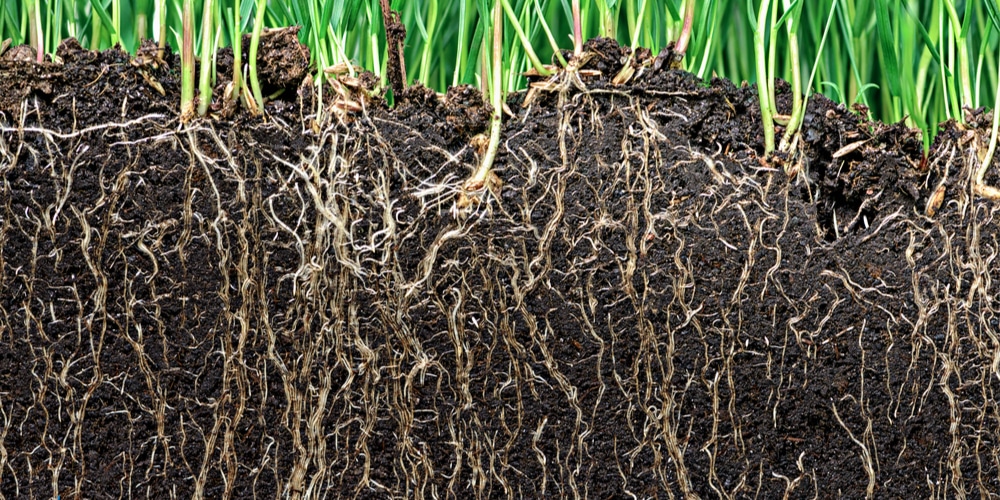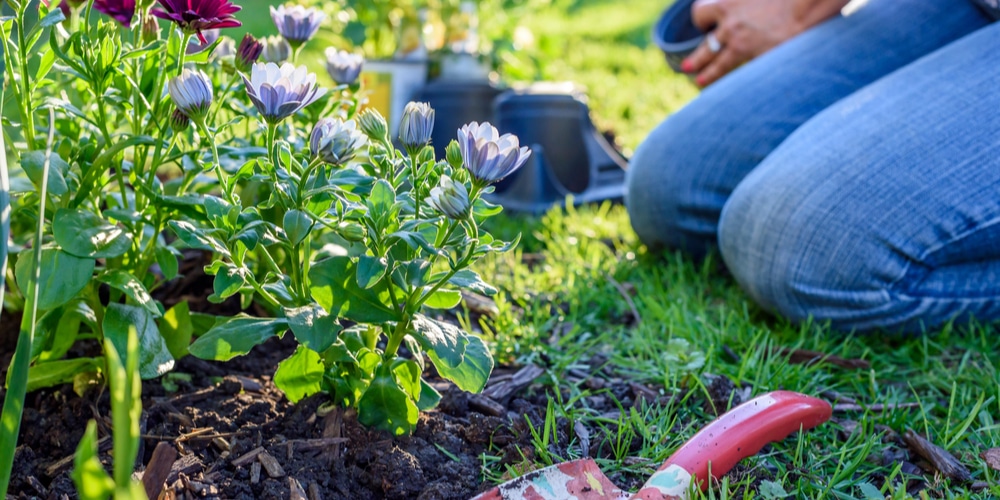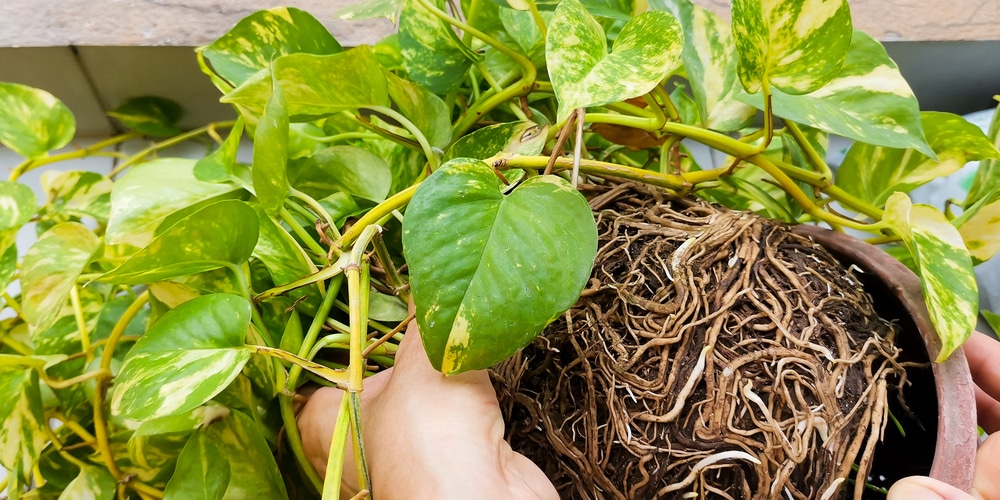The rooting hormone comes in different products. But most brands offer either a gel, liquid, or powder version of the commercial ingredient known as IBA. In brief, IBA (Indole-3-butyric acid) mimics auxin. That is, the growth hormone that plants naturally produce for root development.

A couple of trials found that long-term storage did not affect the IBA compound after six months. But most manufacturers suggest their rooting hormone product’s shelf life is between 2 and 3 years.
In the “Nursery manual for native plants: A guide for tribal nurseries – Volume 1” (p. 163) for the USDA Forest Service, one of the authors states that all rooting hormones last between 18 and 24 months.
But no reference is provided. This detail did not stop most bloggers and writers from declaring this is IBA’s actual shelf life when in reality, further research is necessary.
The mentioned manual is loosely based on Agriculture Handbook 674, “The Container Tree Nursery Manual Volume 7: Seedling Processing, Storage and Outplanting.”
How Long Does Root Hormone Last, Really?
IBA is a stable compound. To be precise, both natural and synthetic rooting hormones are thermostable. But IBA is also photosensitive, which means you must store it in a dark environment to prevent chemical change.
However, IBA is more stable than IAA (Indole-3-acetic acid), another plant hormone of the auxin class. A difference in chemical stability tells us that not all root hormones are equal. So, correctly storing them does make a difference.
The primary risk involving a rooting hormone and fertilizer shelf life is contamination. No matter the truth about how long does root hormone last, microbes, moisture, or pollution could end up changing the chemical structure. So, our best guess to ensure longer shelf life is to keep the product in an airtight, cool, dark place.
With such a premise, there is no reason to think that a rooting hormone would only last two or three years. But without proper testing, following the instructions on the packaging is recommendable. Especially when it comes to its disposal.
Different products have varying formulas. So, it makes sense that some other chemicals may expire before the rooting hormone does.
Testing Old Root Hormone
Auxins are present in the cutting you make from a mother plant. Of course, a cutting can only use a finite amount. Once it depletes its reserves, the clone has nothing else to use for root development.
We use root hormone to supply an artificial compound that mimics how auxins work and help a cutting generate roots. And an expired root hormone should not work as intended. So, testing can provide ultimate proof regardless of what product you have.
Before testing your product, be sure to read the label and take some precautions:
- If your product contains toxic chemicals for the environment after its expiry date, dispose of it properly.
- In case no warning appears, test your product on a cutting in a small pot to avoid contaminating the soil.
- Do not use it in your organic garden.
The EPA states that IBA residues exhibit low toxicity in the human body. And in nature, this compound should denature within two weeks because of heat and moisture. But since you are testing an old product, being cautious is always a good idea.
Best Practices To Extend the Lifespan of Root Hormone
Often, houseplant enthusiasts dip their cuttings in the water and then straight in the powdered root hormone container. But doing so is bad for several reasons.
First of all, you contaminate your root hormone powder. You also cover the tip, making it hard for the cutting to breathe. As a result, you end up with mold and mildew buildup.
If you use your root hormone occasionally, you should dump a little product in a separate container. But beware not to inhale the powder because it will cause health problems. For a similar reason, you should avoid using your rooting hormone powder in a windy area because it could fly back in your face.
When dipping the cutting in the powder, tap the excess powder off to leave only a light dusting on the stem. You can place the cutting into perlite, soil, or sphagnum moss.
Cut woody plants during mid-summer to increase your chances of success, especially if you deal with picky plants like orchids, fiddle-leaf fig trees or fruit trees.
You may also like: When to Top Pepper Plants

